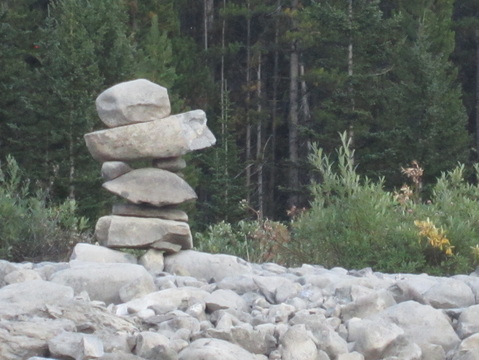
1. gives us more choices
2. influences others
to calm
Why is this self-calm so challenging for adults?
It seems to make no sense. Many of us, when we look for it, can recognize when others are not calm.
We read non-verbal cues:
- faces
- eyes
- voice tone
- volume
- body rigidity
- lack of engagement and lack of appreciation
How easily do we recognize our own lack of calm? As Dr. Paul Ekman recently pointed out, we are not born with the innate ability to recognize emotion within ourselves. Ahhh.
So calming ourselves means identifying our own cues of distress, and then choosing strategies to calm.
Unless we have a mirror to see what our faces reveal, we adults are left with noticing our:
- emotions (that matrix of sensations in our abdomen, in our muscles, faces, etc.)
- heart rates
- voice tones
- speed or slowness of speech
- volume (loud or soft)
- muscle tension
- how "settled" our spirits are
- how positive or negative our thinking
- and other personal "lack of calm" cues.
Neuroscience has begun to reveal internal processes. We now know a little more about what does and does not work in our brains when we are upset, and when we are very, very upset.
Essentially, the calmer we are, the more choices we see. When we are calm there is more of our brains "online" and accessible to us. Our choices increase, because, frankly, our brains are working more optimally. When we are calm we get better at planning, at delaying gratification, at noticing the important stuff.
Have you noticed that we are calm, we can more easily influence others to calm? What possibilities this can have in our relationships with ... partners, children, colleagues, neighbours. More on that later!
Enjoy the noticing ... of body, of mind, of spirit. Enjoy the journeys to calm!